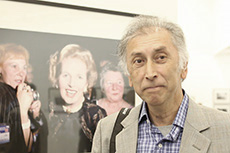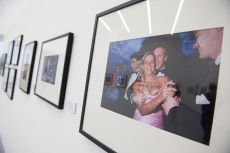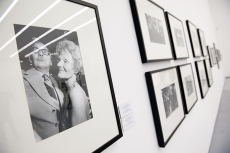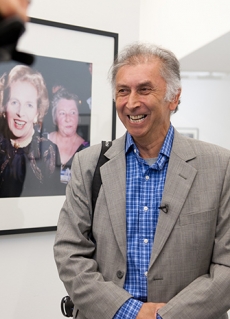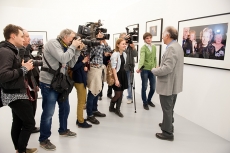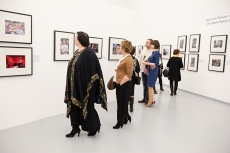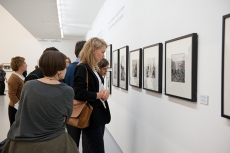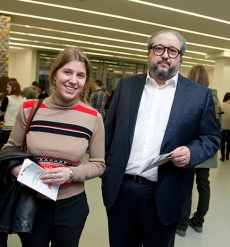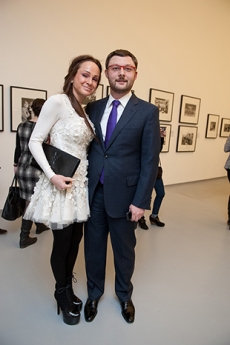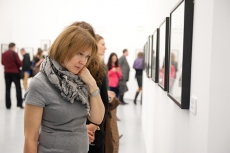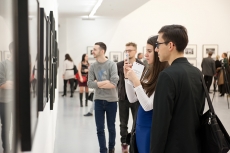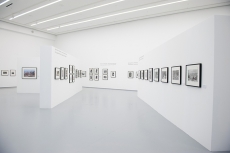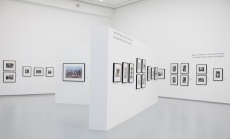England, My England
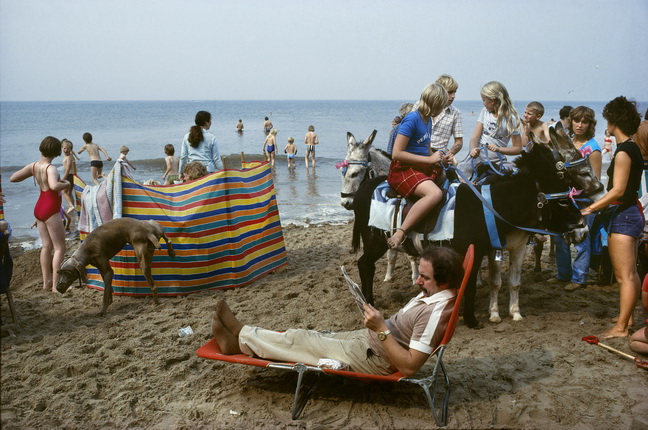

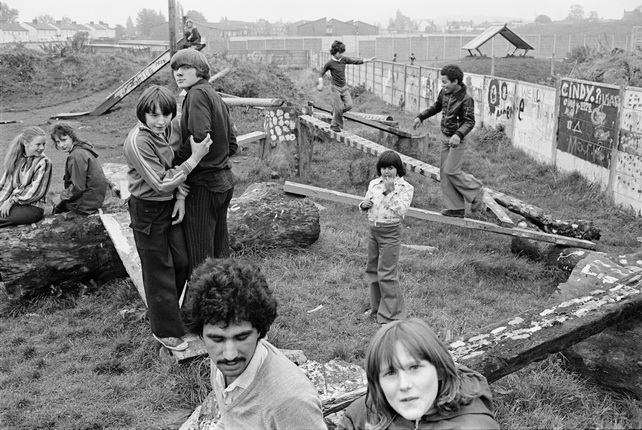

Chris Steele-Perkins. Blackpool. From the series ‘England, My England’. 1982. © Magnum Photos
Chris Steele-Perkins. Newcastle-upon-Tyne, fairground boxing booth. From the series ‘England, My England’. 1969. © Magnum Photos
Chris Steele-Perkins. Wolverhampton. Children playing. From the series ‘England, My England’. 1978. © Magnum Photos
Chris Steele-Perkins. Country Durham. Pheasant shooting. From the series ‘England, My England’. 2003. © Magnum Photos
Moscow, 13.03.2014—20.04.2014
exhibition is over
Share with friends
Project presented by Magnum Photos
For the press
Who are the English? And what images spring to mind when you think of England and the people who have made it their home?
Photographer Chris Steele-Perkins has been documenting England and the English since the 1970s, moving from Newcastle to London in 1971 and working with photographer’s collective Exit in 1975 to document social issues in British cities.
Steele-Perkins is perhaps best known for his 1979 publication ‘The Teds’, an immersive documentary of the Seventies phenomenon of the London Teddy Boy gangs. His career, which spans four decades, includes photography that covers much of the world; from Africa, to Afghanistan and Japan. He has however, always maintained a keen interest in documenting his own country; «chipping away, trying to understand, in a small degree, what I was a part of.»
Steele-Perkins’ British photography encompasses a wide range of anthropological studies, reflecting rural life in Durham, life at St Thomas’ hospital, inner city racial conflict and the often challenging lives of carers and the cared for.
Steele-Perkins’ presents a sweeping, unique mosaic of what he thinks makes England truly English. Underlying themes emerge that fascinate him and have always fascinated English artists: the absurd, violence, family, humour, loneliness and identity. Tragedy and comedy are here, but in greater part comedy.
When this series was published as a book, the critic and curator David Elliott commented: «the real strength of this selection is its lack of contrivance. Unlike many other books on England or „Englishness“, there is no pretension here towards consensus or objectivity. This is unapologetically the photographer’s own England and the beauty of it is that it never set out to be a portrait of a country, but was „unconsciously“ accumulated over a period of forty years, to be retrospectively selected and laid out in the sequence we see here. The ability to be both a part of something yet separate from it is precious to any artist. When working with people and their lives, it is a necessary inoculation against the self-indulgent viruses of either sentimentality, through provincial identification, or sensationalism, through callousness.»
The photographs are Chris Steele-Perkins’ personal selection of some of the best and most important of his images. This is an honest and singular testament to this odd, idiosyncratic but magnificent country that is England; the England of the people.

